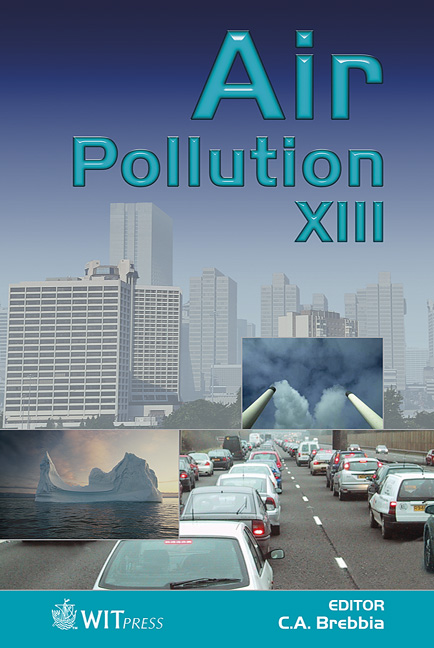Trends In Surface Ozone Concentrations Over The Czech Republic In 1993–2003
Price
Free (open access)
Transaction
Volume
82
Pages
10
Published
2005
Size
1,291 kb
Paper DOI
10.2495/AIR050471
Copyright
WIT Press
Author(s)
I. Hůnová
Abstract
The surface ozone is a pollutant of major concern due to its impacts on receptors at currently occurring ambient levels. The surface ozone concentrations over the Czech Republic have been measured since 1993. Currently 60 stations monitor ozone continuously using the UV absorption. The trends in peak and mean concentrations at rural and urban sites in 1993–2003 are presented. Moreover, the spatial distribution and inter year variability of the AOT40 exposure index, originally developed within the context of the UN/ECE and recently included as a target value into the EU legislation, is demonstrated. The results show that the peak levels of surface ozone have decreased since the start of the ozone monitoring in 1994, whereas the mean concentrations remain about the same. The exceptionally hot and dry summer period of 2003 saw lower ozone concentrations, compared to the ozone abundant years of 1994 and 1995, whereas the number exceedances, both of the limit values for health protection and vegetation protection, were more frequent in 2003, compared to 1994 and 1995. The exceedance of the target value was gradually decreasing between 1994 and 2001, reaching its turning point in 2001; it has been increasing since. The spatial distribution of the AOT40 for 2003 reveals that ca 60 % of the entire territory exceeds the target value, which equals ca 70 % of the area where, according to the Czech legislation, the limit values for vegetation protection should not be exceeded. Keywords: surface ozone, exposure index, AOT40, trends, Czech Republic.
Keywords
surface ozone, exposure index, AOT40, trends, Czech Republic.





